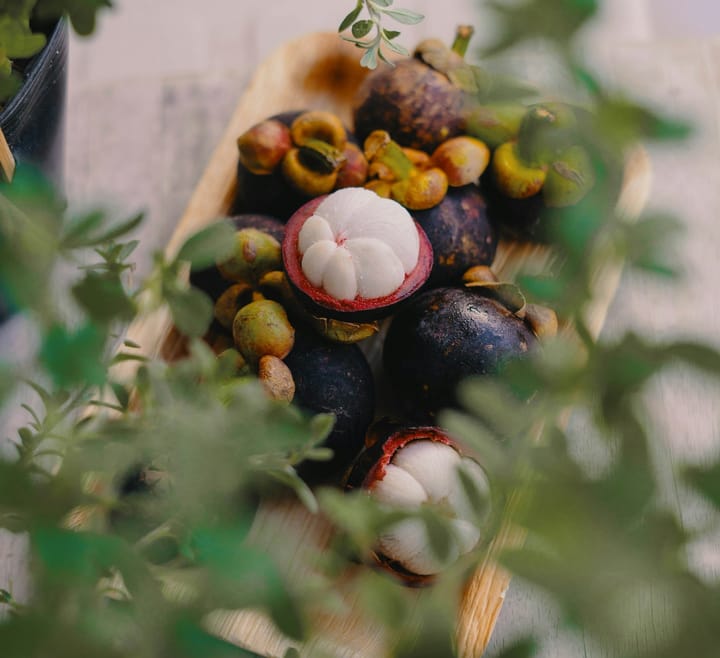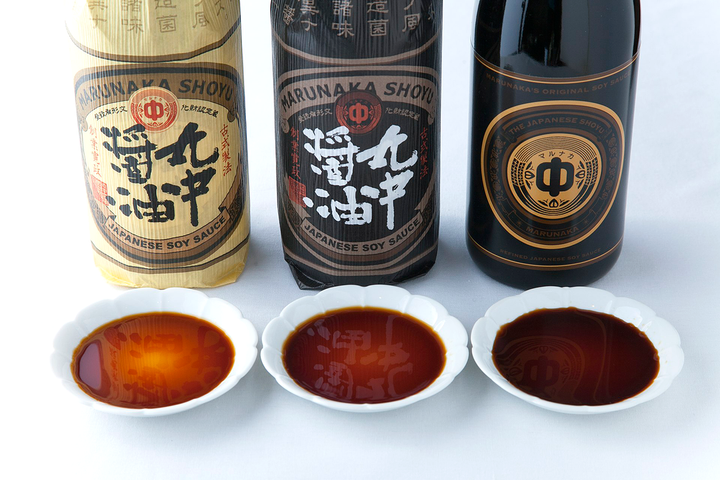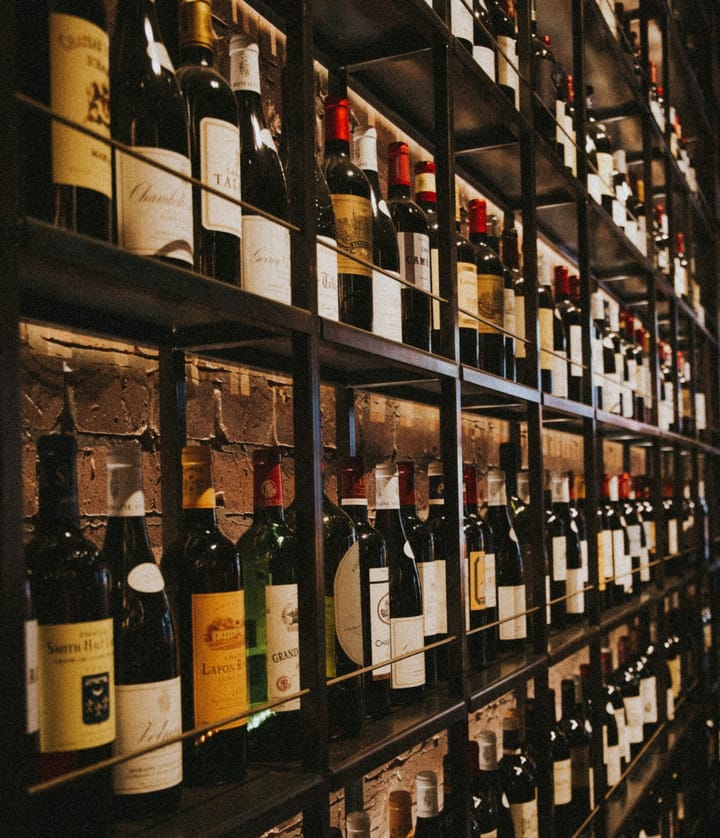Wild vs Premium Durian: The Comparison Guide
Wild durians, with complex aromas and bitter undertones, differ drastically from premium cultivars. While wild species sustain forest ecosystems, cultivated varieties showcase generations of selective breeding for sweetness, texture, and greater flesh-to-seed ratio.

Deep in the rainforests of Southeast Asia, amid the symphony of wildlife and the dense canopy, grows the original ancestor of what many consider the world's most controversial fruit.
Wild durians—thorny, unpredictable, and fiercely aromatic—represent nature's unrefined blueprint for what would eventually become a multimillion-dollar industry of carefully cultivated premium durian varieties.
Nature's Original Design: Wild Durians
Wild durian species (Durio spp.) are native to the Malaysia Peninsula, Borneo, Sumatra, and other parts of Southeast Asia, where they have evolved over millions of years.
Unlike their commercially cultivated cousins, these forest giants tell a different story—one of survival, biodiversity, and ecological importance.
Characteristics of Wild Durians
Wild durians differ significantly from their domesticated counterparts. Physically, they tend to be smaller, often weighing just 1-2 kg compared to cultivated varieties that can reach 3-5 kg.
Their thorns are typically thicker and more formidable, serving as natural protection in the forest environment. The flesh-to-seed ratio is notably smaller, offering less edible content per fruit.
Their aroma profiles are more variable and often more intense than cultivated varieties, with colors ranging from pale yellow to deep orange or even reddish flesh.
The flavor profile of wild durians is generally less sweet than cultivated varieties. They offer more complex tastes with bitter or astringent undertones that many cultivated varieties have been bred to minimize.
There's higher variability in taste even within the same species, and many wild durians feature stronger alcoholic fermentation notes that contribute to their complex profile.
The most common wild durian species include Durio zibethinus (the species most commercial varieties derive from, including Musang King), Durio graveolens (known for its red flesh in some variants), Durio oxleyanus (the "green durian"), and Durio kutejensis (the "red durian" or "lai" in Borneo).
Ecological Significance
Wild durians serve crucial ecological functions in their native habitats. They provide essential food sources for wildlife including orangutans, elephants, and various bird species.
Their nocturnal flowering and strong scent attract specialized pollinators like bats and giant honey bees, forming important relationships in the forest ecosystem.
When fruits fall to the forest floor, they feed ground-dwelling animals who then disperse the seeds throughout the landscape.
Additionally, the massive canopies of mature durian trees create habitats for countless other species, from epiphytes to insects and birds.
These wild species represent an important genetic reservoir that could prove crucial for the future resilience of commercial durian cultivation, especially in the face of climate change and emerging diseases.
The Transformation: From Wild to Premium
The journey from wild forest durians to today's premium cultivars represents many years of human selection, durian grading and, more recently, scientific breeding programs.
Historical Domestication
Indigenous communities across Southeast Asia began selecting and propagating superior wild durian trees centuries ago.
Trees that produced fruits with more flesh, sweeter taste, and more consistent quality were preferentially cultivated, gradually transforming the fruit.
This process accelerated dramatically in the 20th century with organized agricultural programs, particularly in Malaysia and Thailand, where systematic selection, grafting techniques, and eventually more advanced breeding programs led to today's premium varieties.
The Science of Aroma: What Makes Durian "Durian"
At the heart of the durian experience—and the divide between devotees and detractors—is its unmistakable aroma.
Research published in the Journal of Agricultural and Food Chemistry identified over 50 distinct volatile compounds in durian, creating one of the most complex fruit aromas known.
This complex bouquet includes ethyl 2-methylbutanoate and ethyl thioacetate, which contribute fruity, sweet notes; methanethiol and various sulfur compounds responsible for the "rotten" or "gas-like" elements; propanethiol, which adds onion-like characteristics; and various esters that create the creamy, custard-like aromas.
Interestingly, wild durians often contain higher concentrations of sulfur compounds, while breeding programs for commercial varieties have sometimes inadvertently selected for fruits with milder aromas.
The Genetic Divide: Love It or Hate It
The polarizing nature of durian isn't merely a matter of cultural exposure—scientific research suggests a genetic component to durian perception.
A 2017 study published in Chemical Senses found that variation in specific olfactory receptor genes may determine whether someone perceives durian's sulfur compounds as pleasant or revolting.
This is similar to the genetic variations that influence how people perceive cilantro.
This genetic difference helps explain why durian responses are so dramatically divided—it's not just about what's in the fruit, but what's in your DNA.
Some people are genetically predisposed to experience durian's sulfur compounds as fragrant and appealing, while others literally perceive the same molecules as something akin to rotten eggs or gas leaks.
Premium Varieties vs. Wild Counterparts

Today's luxury durian market showcases varieties that bear little resemblance to their wild ancestors, representing decades of careful selection and propagation.
The contrast between wild durians and premium cultivars like Raja Kunyit (Musang King) exemplifies how human intervention has transformed this fruit from its forest origins to luxury status.
Premium Commercial Champions
Musang King (D197), developed in Raub Pahang, Malaysia in the 1980s, stands as the flagship premium durian variety.
Originally called "Raja Kunyit" for its golden-yellow flesh resembling the color of turmeric, this variety features a distinctive star-shaped pattern at the base of the fruit and a visible seam on the shell.
Its balanced sweet-bitter flavor combines with a complex aroma and custard-like texture that has made it Malaysia's premium durian export, particularly popular in China and Singapore.
During peak season, Musang King typically commands prices of $30-50 per kilogram, representing a dramatic departure from wild varieties in consistency, sweetness, and flesh-to-seed ratio.
Black Thorn (D200), a relatively new variety popularized in the early 2000s, is distinguished by its bright yellow flesh with a darker core.
It offers an intensely sweet flavor profile with minimal bitterness that appeals to consumers who find traditional durians too complex. This premium variety often fetches between $40-60 per kilogram
Red Prawn (D88) has gained popularity for its sticky, reddish-orange flesh and predominantly sweet flavor profile with minimal bitterness.
Particularly popular in northern Malaysia, this variety usually sells for around $20-35 per kilogram, making it somewhat more accessible than the top-tier varieties.
These premium varieties share several characteristics that differentiate them from wild durians.
They offer consistent quality and taste profiles, ensuring consumers know what to expect with each purchase. Their flesh-to-seed ratio is significantly higher, providing more edible content per fruit.
The flavor is generally more accessible, often sweeter with less bitterness than their wild counterparts.
Cultivators have also selected for more predictable ripening patterns and standardized appearance, making commercial cultivation and marketing far more manageable.
Market Dynamics: The Price of Perfection
The premium durian market experiences dramatic price fluctuations throughout the year.
During peak season (June-August), availability reaches its highest point with relatively moderate prices, with premium varieties often selling for $30-50 per kilogram less than during off-seasons.
This period also offers consumers the greatest variety of options.
The off-season (December-February) presents a stark contrast, with limited availability sometimes causing prices to double.
Some varieties become completely unavailable, and the market sees a higher risk of fraudulent selling practices, such as mislabeling lesser durians as premium varieties to capitalize on demand.
Early and late seasons (April-May/September-October) represent transitional periods with moderate availability, often considered the "sweet spot" for both quality and price.
However, weather conditions during these periods can dramatically affect both quality and pricing, adding unpredictability to the market.
Unlike wild durians, which follow natural fruiting patterns tied to local ecology, commercial varieties are increasingly grown in managed conditions to extend availability beyond traditional seasons.
This practice, while meeting market demand, often results in fruits that lack the complexity found in traditionally grown durians.


